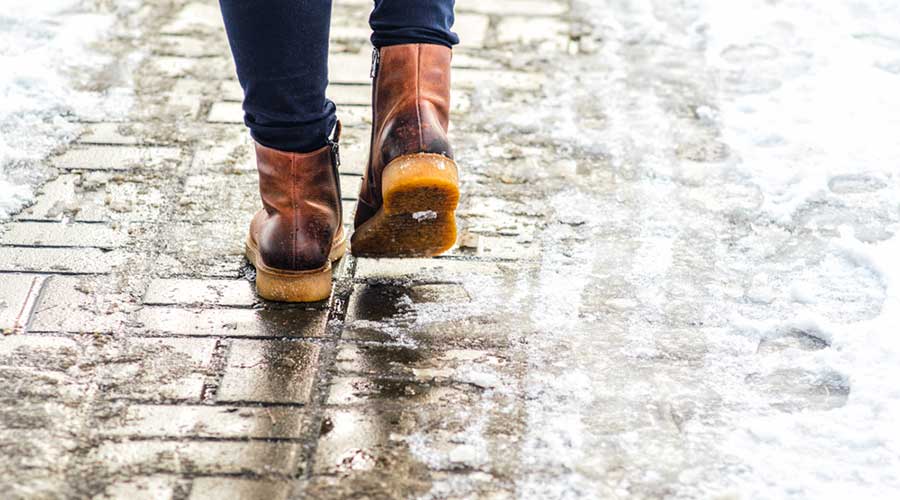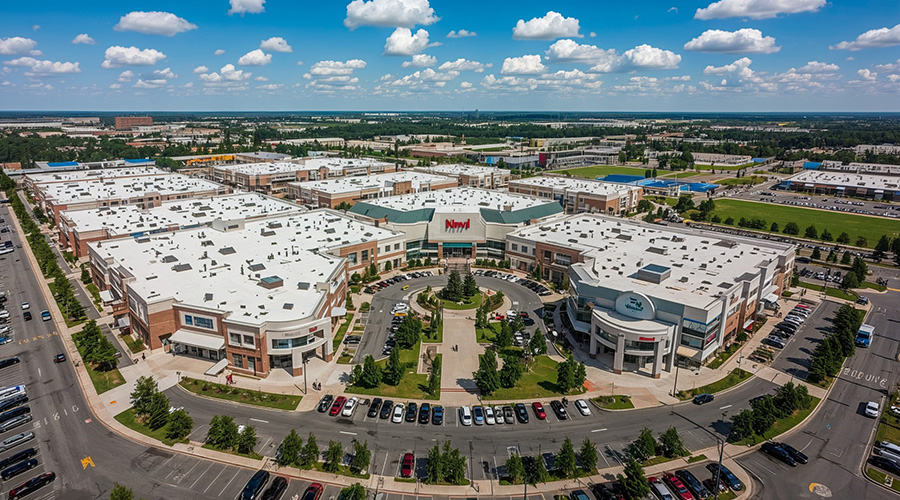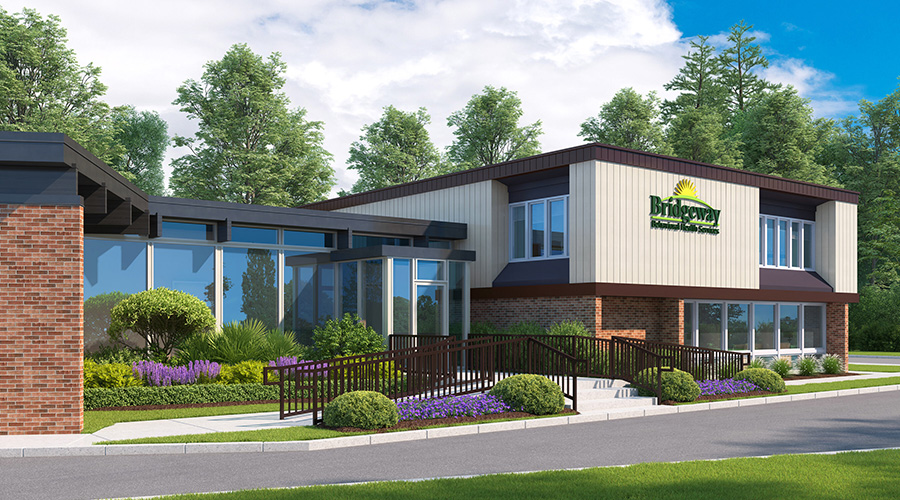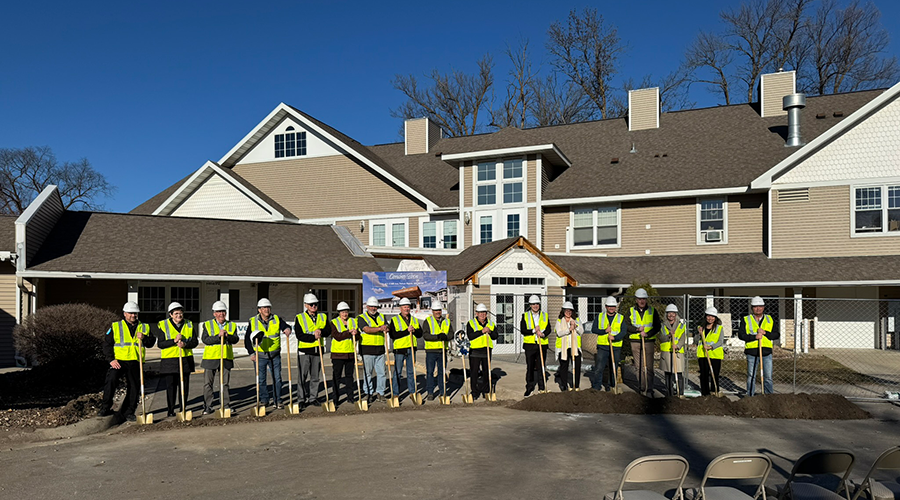Temperatures are expected to reach an all-time high this summer, but that is not stopping healthcare facilities managers from planning for winter weather. Slipping or falling on ice can cause serious injuries, so it is crucial that managers ensure that proper ice melts at the ready in the event of an early winter.
Late summer and early fall are actually the best times for managers to begin planning the winterizing of sidewalks and parking lots. Most solutions require warm and dry conditions in order to be cured, so temperatures of 40-90 degrees are ideal.
“Nobody wants to start thinking about winter until it’s snowing,” says Nate Clemmer, CEO of Secure Winter Products. “The problem with that mindset is that it causes facility managers to not make any improvements in their winter maintenance operation. They end up doing the same thing they have always done and finish the winter frustrated with the same results. By thinking about winter maintenance in the summer, it begins the process that will lead to implementing changes in the fall in advance of winter.”
Not weatherproofing in a timely fashion can lead to damage to concrete. Water and salt can soak into the concrete, leading to costly damage ,such as buckling and rust. Failure to winterize sidewalks or parking lots can raise service prices close to 20 percent, according to Rose Paving.
“If a salt barrier is not applied prior to winter, when the salt that goes down on sidewalks and other horizontal surfaces for slip-resistance purposes, it will penetrate right into those substrates, where they can cause more damage, including cracks, pitting and deterioration of the concrete,” says Jake Boyer, business unit leader of PROSOCO’s clean and protect group. “When the ice eventually melts, it’s going to take that salt with it into the concrete, where the salt is going to attack the rebar and any other metallic elements and cause spalling, unsightly rust stains, rust jacking and more. A protective treatment with a salt screen prevents water and water-carried salt from penetrating into the surface. Plus, one application can protect the concrete for up to 10 or more years.”
Read Next: Which Ice Melt is Best for Your Facility?
Meanwhile, calls for sustainable ice-melt options are on the rise. Managers can look for sustainable certification standards, such as the Safer Choice program or the Green Seal. Clemmer says that the Safer Choice standard requires a 30 percent reduction in chloride. In order to meet Green Seal’s standard, an ice melt cannot contain any chlorides and must meet other performance and environmental criteria.
These are not the only sustainable options on the market, though. According to Hillel Glazer, president of Heattrak, many organizations have started using portable heated snow-melting mats over salt because they are more environmentally friendly. The mats can clear sidewalks and pathways without the use of harsh chemicals that can harm the environment.
Heated mats can also play a role in the ongoing labor shortage. As facilities struggle to recruit and retain new talent, these products can do the work for managers, allowing them to focus on other important tasks.
“We’ve been working with facilities managers regarding their snow removal strategies for more than 17 years,” Glazer says. “There are two concerns we hear over and over again as it relates to various types of salt. The first is the concern that facilities departments don’t have enough staff on hand to ensure all areas that require snow removal attention are getting the proper attention they deserve. That’s why many facilities managers include heated snow-melting mats as part of their winter toolbox. Heated snow-melting mats will melt snow, keeping sidewalks and entrances clear 24/7, even when there’s not a facilities person available to tend to it.
“The second concern we often hear is how salt, whether calcium chloride, rock salt, or other salt products, leads to damaged floors in the building entrances and foyers. Snow-melting mats offer a good solution to this issue, as mats that melt snow eliminate the need for salt products being used in front of the buildings.”
Regardless of the products that managers choose, it is essential that managers continue to protect entrances of buildings to prevent slips and falls. Calcium chloride and magnesium chloride can attract moisture to begin the melting process. When these chemicals are tracked into a building, people can be at risk.
“I find that an often overlooked component related to ice melt selection is the impact those ice melts will have on their floors,” Clemmer says. “What gets applied outside ends up inside. As an example, calcium chloride and magnesium chloride are hygroscopic which means they attract moisture to begin the melting process. This is terrific for melting snow or ice outside the building, but when those particles are inside the building, they will do the same thing and leave an oily wet residue which can often create a slip hazard inside the building. There are also ice melt products on the market that do not have any residue. In other words, they track into building just like water. Using a residue-free ice melt near a building entrance has the ability to totally eliminate the mess and clean up expense caused by ice melt tracking inside of buildings.”
Mackenna Moralez is the associate editor with the facilities market.

 Healthcare Is the New Retail
Healthcare Is the New Retail Bridgeway Behavioral Health Services Launches Campaign to Renovate Health Center
Bridgeway Behavioral Health Services Launches Campaign to Renovate Health Center Ground Broken for New North Dakota State Hospital
Ground Broken for New North Dakota State Hospital AI Usage for Healthcare Facilities
AI Usage for Healthcare Facilities Ground Broken on Pelican Valley Senior Living Modernization Project
Ground Broken on Pelican Valley Senior Living Modernization Project